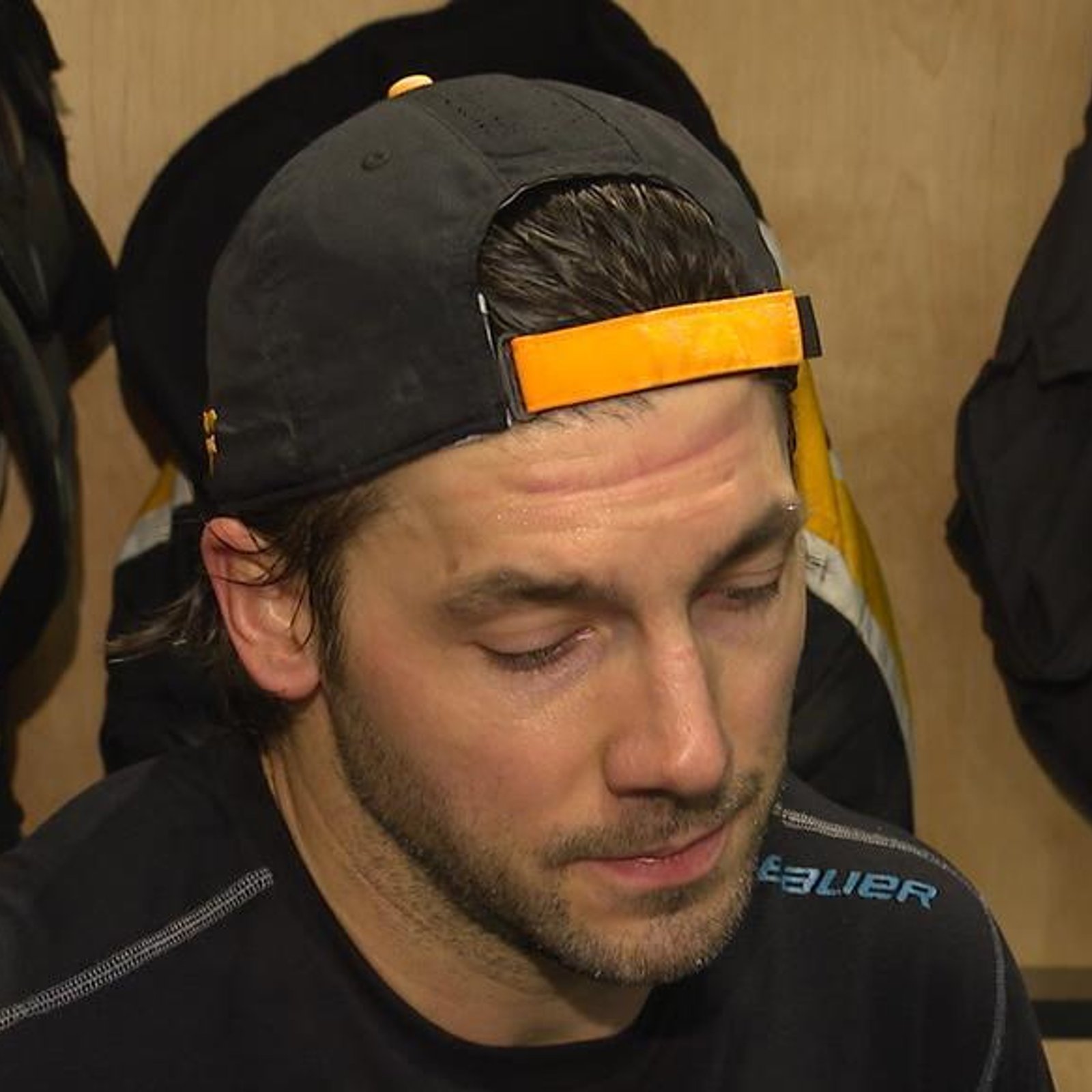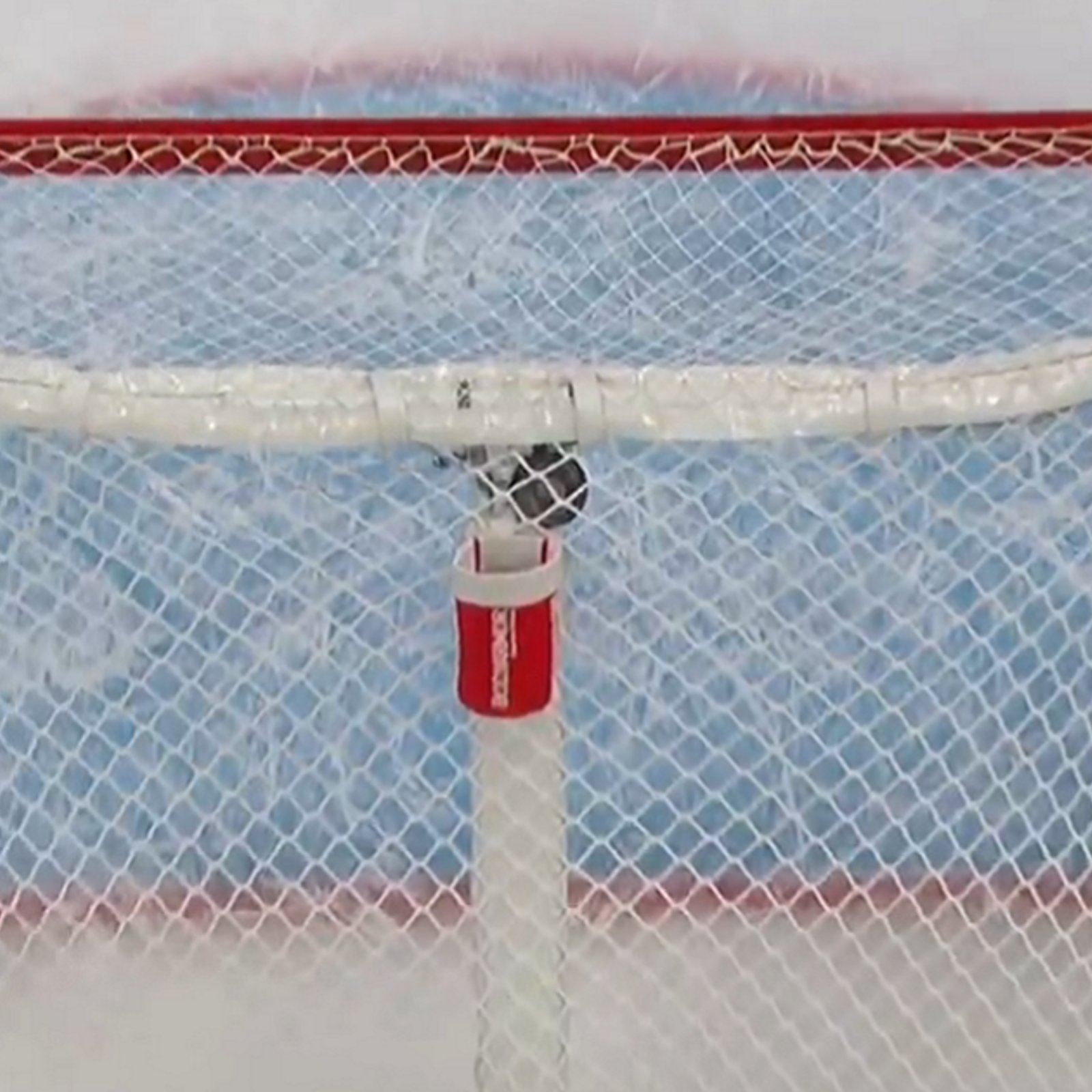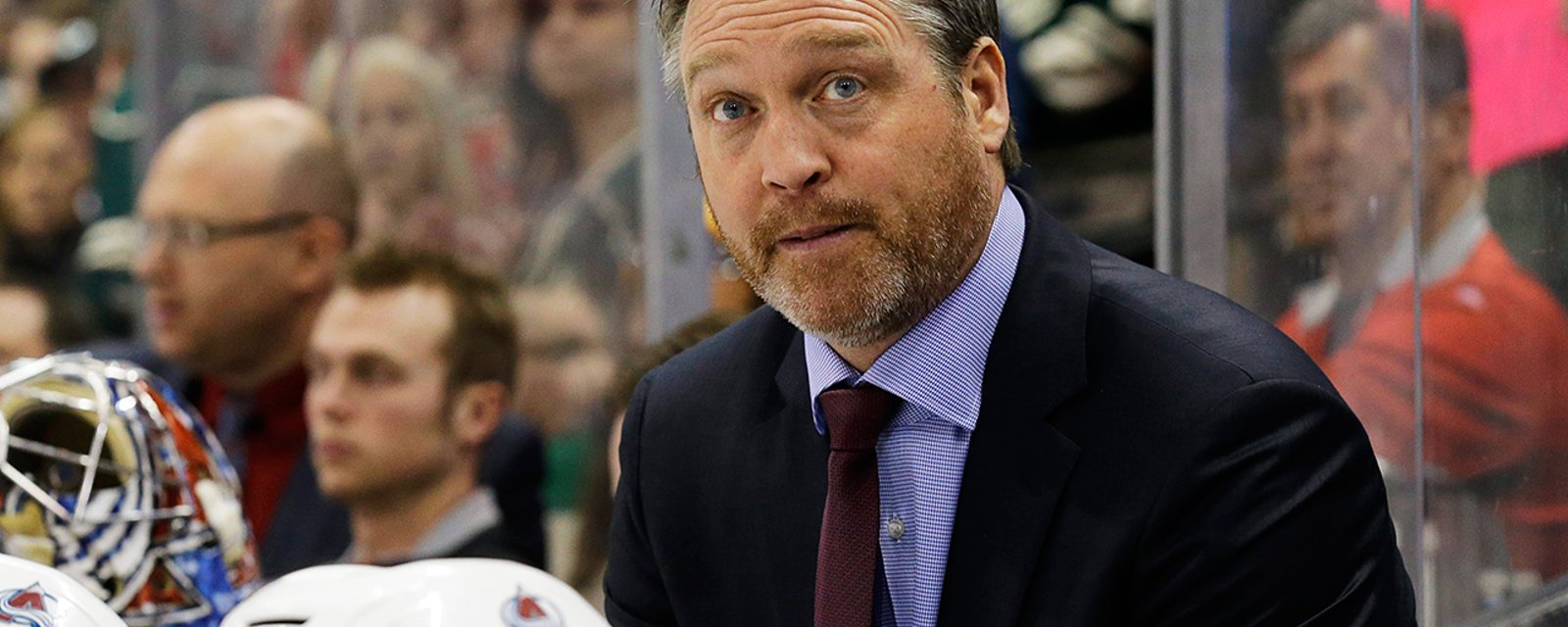Often regarded as the greatest National Hockey League goaltender of all time, four-time Stanley Cup winner Patrick Roy endeared himself to his teammates with his fierce competitiveness and struck fear into the hearts of opponents with his burning desire to be the best. In fact, it was Roy who proudly stated that he feared "nobody" during his 2003 retirement press conference when his Hall of Fame playing career came to a close.
But as we all know, professional athletes are human beings at the end of the day. And Roy himself has now opened up about a personal issue that he was experiencing shortly after the shocking blockbuster December 1995 trade that sent him from the Montreal Canadiens to the Colorado Avalanche.
While making an appearance on "La Poche Bleue", a podcast hosted by former NHL players Maxim Lapierre and Guillaume Latendresse, Roy admitted that he was uneasy about the trade at first, and suffered from anxiety.
"I remember that, sometimes, I would get watery-eyed on the plane," Roy explained. "I missed Montreal. Usually, after a trip, my wife Michèle would pick me up. But this time I came back with Pierre Lacroix. He was my GM, but above all he was a friend and my former agent. I told him I was afraid to disappoint."
"Pierre looked at me and said, 'Will you stop this? Just be yourself and everything will be fine.' From that moment on, I took the pressure off myself. My next door neighbour in Colorado was Mike Keane. We used to travel together. We became very good friends. He helped me through it all."
It certainly was a major transition for the Quebec native, going from a local hero for the team that he grew up idolizing to being suddenly dealt to an expansion team after a major falling out on the ice in that fateful 11-1 blowout at the Montreal Forum at hands of the Detroit Red Wings.
"It was in Colorado that I discovered I was claustrophobic," Roy said. "Michel Lefebvre made my masks. Once, he put plaster in my face to make my mould. I only had to breathe through a straw. That was my first episode! The second, I had injured my neck and had to have an MRI [magnetic resonance imaging]."
"I looked at the doctor and said, 'Sorry, but I can't do that!' That's when I found out that I had anxiety. In those days, we didn't know that. It was a different time. Like with concussions. The healer would tell you, 'Take a shower and two Tylenols and go to bed. You'll be fine tomorrow.'"
It's certainly important to see how much better treatment is for mental health nowadays.

- Chris Gosselin
Penguins’ Kris Letang undergoes heart surgery!
- NHL News
- 1 minute read

- Jonathan Larivee
Shootout in Montreal ends in controversy with serious playoff implications.
- NHL News
- 2 minutes read

- Jonathan Larivee
Tragic update on the death of former NHL player Chris Simon.
- NHL News
- 4 minutes read


